Generative Adversarial Networks, or GANs, are a type of deep learning technique for generative modeling.
GANs are the techniques behind the startlingly photorealistic generation of human faces, as well as impressive image translation tasks such as photo colorization, face de-aging, super-resolution, and more.
It can be very challenging to get started with GANs. This is both because the field is very young, starting with the first paper in 2014, and because of the vast number of papers and applications published every month on the topic.
In this post, you will discover the best resources that you can use to learn about generative adversarial networks.
After reading this post, you will know:
- What a generative adversarial network is and examples of specific applications for the technique.
- Video tutorials and lectures on GANs presented by the inventor of the technique.
- Reading list including the most read papers on GANs and books on deep generative models.
Kick-start your project with my new book Generative Adversarial Networks with Python, including step-by-step tutorials and the Python source code files for all examples.
Let’s get started.
Overview
This tutorial is divided into five parts; they are:
- What Are GANs?
- GAN Applications
- GAN Video Presentations
- GAN Paper Reading List
- GAN Books
What Are Generative Adversarial Networks?
A Generative Adversarial Network, or GAN, is a type of neural network architecture for generative modeling.
Generative modeling involves using a model to generate new examples that plausibly come from an existing distribution of samples, such as generating new photographs that are generally similar but specifically different from a dataset of existing photographs.
A GAN is a generative model that is trained using two neural network models. One model is called the “generator” or “generative network” model, which learns to generate new plausible samples. The other model is called the “discriminator” or “discriminative network” and learns to differentiate generated examples from real examples.
The two models are set up in a contest or a game (in a game theory sense) where the generator model seeks to fool the discriminator model, and the discriminator is provided with both examples of real and generated examples.
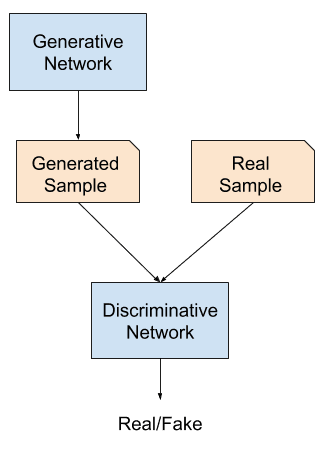
Overview of a Generative Adversarial Network
After training, the generative model can then be used to create new plausible samples on demand.
Applications of Generative Adversarial Networks
The majority of the research and applications of GANs have focused on the domain of computer vision.
The reasons for this is the great success of deep learning models such as Convolutional Neural Networks (CNNs) in the field of computer vision over the last 5 to 7 years, such as achieving state-of-the-art results on challenging tasks like object detection and face recognition.
The canonical example of a GAN is in the generation of new realistic looking photographs, most startlingly demonstrated in the example of the generation of photorealistic faces.
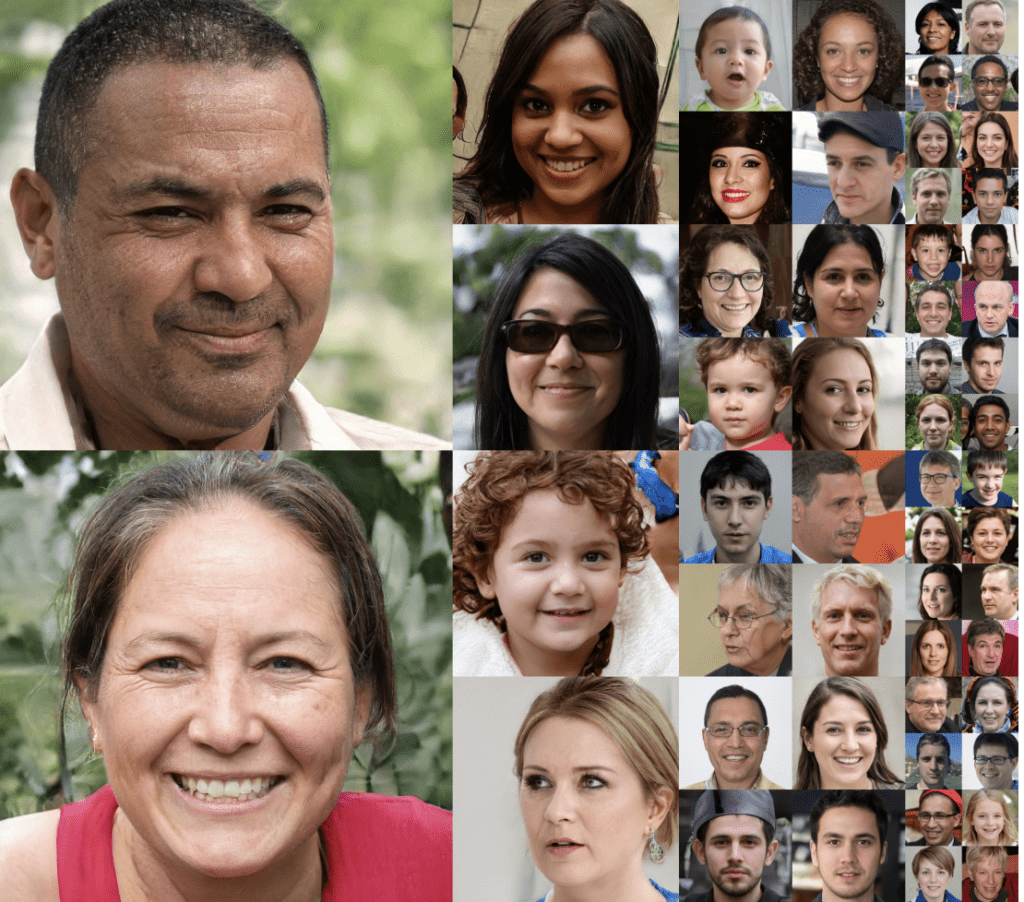
Example of Photorealistic Human Faces Generated by a GAN.Taken from “A Style-Based Generator Architecture for Generative Adversarial Networks“.
There are many “generate new examples” problems, such as:
- Generating new anime characters.
- Generating new logos.
- Generating new Pokemon.
- Generating new clothing.
GANs can be used for surprising image processing tasks for photographs and videos. Broadly, this is referred to as image translation, such as:
- Translating a photo of summer to winter.
- Translating a sketch to a photograph.
- Translating a photo of daytime to nighttime.
Some more specific image translation examples include:
- Automatic aging or de-aging of photographs of faces.
- Automatic colorization of black and white photographs.
- Automatic resolution enhancement of photographs.
- Automatic style transfer (e.g. apply a painting style to photos).
- Automatic image inpainting (e.g. filling in obscured parts of an image).
GANs can also be used to generate sequences of images or video and used on tasks such as automatically predicting sequences of video frames and even hallucinating scenarios for use in training reinforcement learning models.
Beyond image processing, the technique can be used generally for data augmentation where entirely new plausible samples can be generated as input when training a model.
For more examples of interesting applications of GANs, see:
- gans-awesome-applications: Curated list of awesome GAN applications and demos.
- Some cool applications of GANs, 2018.
Want to Develop GANs from Scratch?
Take my free 7-day email crash course now (with sample code).
Click to sign-up and also get a free PDF Ebook version of the course.
Video Presentations on Generative Adversarial Networks
A good way to get a gentle introduction to GANs, how they work, and applications is to watch a video presentation.
Ian Goodfellow, credited as the inventor of the technique, has given many lecture and tutorial presentations that are freely available on YouTube. Ian is an excellent communicator and provides a crisp presentation of the technique.
I recommend watching Ian’s 2016 tutorial at NIPS (now NeurIPS).
The video is about two hours long and includes a detailed review of GANs, theory, and applications, with questions and answers with the audience at the end.
I would also strongly encourage reading the accompanying slides and paper version of the tutorial:
- NIPS 2016 Tutorial: Generative Adversarial Networks, Slides, 2016.
- NIPS 2016 Tutorial: Generative Adversarial Networks, Paper, 2016.
If you’re interested in a more focused presentation (about 28 minutes) of the same material with less theory, I recommend Ian’s 2016 presentation for “AI With the Best,” an online conference.
More recently, Ian gave a presentation to the AAAI in 2019 on the broader topic of Adversarial Machine Learning, that also covers GANs, and this presentation is also highly recommended.
If you are looking for a more academic presentation of GANs, then I would recommend the lecture on Generative Models from the Stanford course on Convolutional Neural Networks.
This lecture provides a useful context for GANs as well as coverage of the related techniques of Variational Autoencoders and PixelRNN.
Paper Reading List for Generative Adversarial Networks
GANs is a very new area of study.
I’ve tried to separate this reading list from the broader list of papers on GAN applications, focusing on the development of the theory and training of GAN models.
The first paper specifically on GANs as a generative model was published by Ian Goodfellow, et al. in 2014 titled “Generative Adversarial Networks.”
The paper presents the general technique and demonstrates it with some simple examples of generating images from MNIST (handwritten digits), CIFAR-10 (small photographs), and faces.
Alec Radford, et al. in their 2015 paper titled “Unsupervised Representation Learning with Deep Convolutional Generative Adversarial Networks” provide an updated version of GANs using modern configuration and training practices for convolutional neural networks, referred to as Deep Convolutional Generative Adversarial Networks, or DCGANs.
This was an important paper because it demonstrated how the power of the technique can be unlocked with examples such as generating photorealistic rooms and faces.
After the DCGAN paper, a rash of papers was written providing improvements to the inherently unstable process of training the GAN models. Perhaps the most important of these papers include:
- Improved Techniques for Training GANs, 2016.
- Energy-based Generative Adversarial Network, 2016.
- InfoGAN: Interpretable Representation Learning by Information Maximizing Generative Adversarial Nets, 2016.
Some more recent high-quality papers on the challenge of training and evaluating GANs include:
- Wasserstein GAN, 2017.
- Are GANs Created Equal? A Large-Scale Study, 2017.
- The GAN Landscape: Losses, Architectures, Regularization, and Normalization, 2018.
Beyond these papers, a high-level overview of the history of related generative models can be seen on the Wikipedia page for GANs.
There are a number of GAN survey papers that can help to get a feeling for the extent of the field. A select few include:
- Generative Adversarial Networks: An Overview, 2017.
- Generative Adversarial Networks: Introduction and Outlook, 2017
Many people have tried to put together reading lists for GANs, and it is very challenging given both the newness of the field and the pace of new papers. Some other paper reading lists include:
Books Generative Adversarial Networks
There is some coverage of GANs in modern books on deep learning.
Perhaps the most important starting point is the Deep Learning textbook written by Goodfellow, et al. Chapter 20 is titled “Deep Generative Models” and provides a useful summary of a range of techniques, including GANs, covered in Section 20.10.4.
Francois Chollet, the author of the Keras deep learning framework, provides a chapter on deep generative models in his 2017 book titled “Deep Learning with Python.” Specifically, section 8.5 titled “Introduction to generative adversarial networks” that covers GANs and how to train a DCGAN in Keras.
At the time of writing, there are also two interesting books on deep learning for generative modeling in the works that are projected to be released later in the year. They are:
- Generative Deep Learning, 2019
- GANs in Action, 2019.
It will be exciting to see what these books cover.
Further Reading
This section provides more resources on the topic if you are looking to go deeper.
Books
- Chapter 20. Deep Generative Models, Deep Learning, 2016.
- Chapter 8. Generative Deep Learning, Deep Learning with Python, 2017.
- Generative Deep Learning, 2019
- GANs in Action, 2019.
Papers
- NIPS 2016 Tutorial: Generative Adversarial Networks, 2016.
- Generative Adversarial Networks, 2014.
- Unsupervised Representation Learning with Deep Convolutional Generative Adversarial Networks, 2015.
- Wasserstein GAN, 2017.
- Are GANs Created Equal? A Large-Scale Study, 2017.
- The GAN Landscape: Losses, Architectures, Regularization, and Normalization, 2018.
- Generative Adversarial Networks: An Overview, 2017.
- Generative Adversarial Networks: Introduction and Outlook, 2017
Videos
- Generative Adversarial Networks, Ian Goodfellow, NIPS, 2016.
- Generative Adversarial Networks, Ian Goodfellow, AIWTB, 2016.
- Adversarial Machine Learning, Ian Goodfellow, AAAI, 2019.
- Generative Models, Convolutional Neural Networks for Visual Recognition, 2017.
Articles
- Generative adversarial network, Wikipedia.
- gans-awesome-applications: Curated list of awesome GAN applications and demos.
- Some cool applications of GANs, 2018.
Summary
In this post, you discovered the best resources that you can use to learn about generative adversarial networks.
Specifically, you learned:
- What a generative adversarial network is and examples of specific applications for the technique.
- Video tutorials and lectures on GANs presented by the inventor of the technique.
- Reading list including the most read papers on GANs and books on deep generative models.
Do you have any questions?
Ask your questions in the comments below and I will do my best to answer.

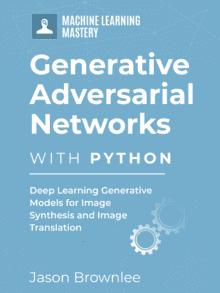




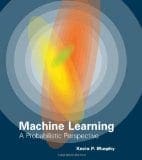
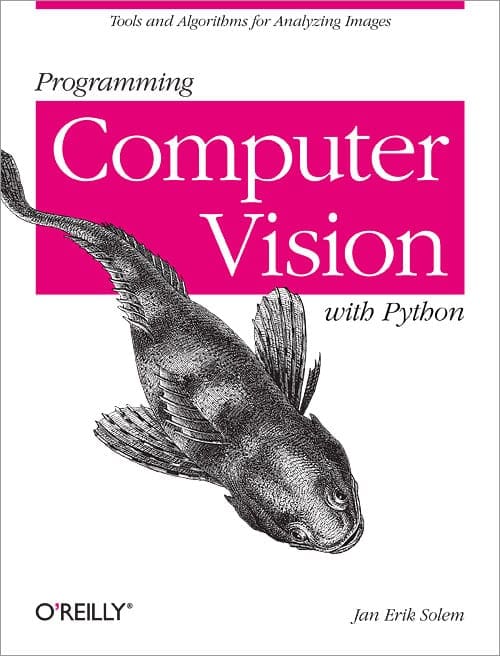
Hi Jason Brownlee,
Can you add new topic about Generative Adversarial Networks? thanks
Yes, I have a large number of tutorials scheduled on this topic.
Expecting to read your new work
Thanks, I’m really excited about it!
When will you post it then?
Soon I hope. A matter of weeks.
That is why I always recommend your books to the beginners!
Thanks!
I just want to say it’s perfect work
Thanks!
This channel is gold
Thanks!
Any sample codes in python available for study purpose
Yes, right here:
https://machinelearningmastery.com/start-here/#gans
Thank you for posting this great information.
Do you recommend a course that focuses only on Generative Adversarial Networks?
Thank you,
You’re welcome.
Yes, I wrote a book on the topic available here:
https://machinelearningmastery.com/generative_adversarial_networks/
I will look at your book and most likely I will buy it. But I have a request?
Can you answer some questions about the materials in your book, whenever I get stuck with some issue?
Yes, readers can contact me any time, I’m here to help if I can:
https://machinelearningmastery.com/faq/single-faq/will-you-help-me-if-i-have-questions-about-the-book
I want to test my ML model with google images but the images are limited. I am working on image classification and I want my model to predict correctly the name of any image passed into it. please how do I use GAN to create fakes of images on google so I could retrain my model with it?
GAN would not be appropriate for image classification.
Perhaps you can use a pre-traiend model to directly start making predictions:
https://machinelearningmastery.com/use-pre-trained-vgg-model-classify-objects-photographs/